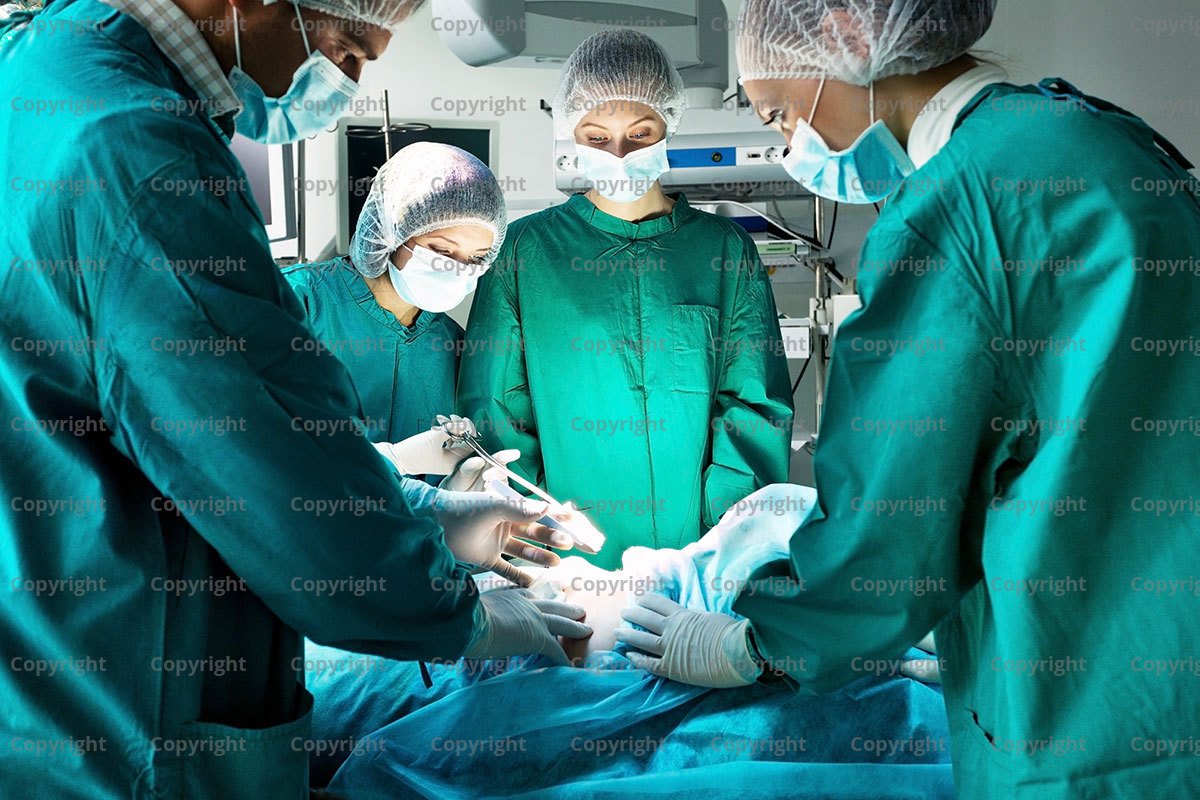Acute appendicitis (AA), a common intra-abdominal surgical pathology, requires a comprehensive understanding of its presentation, evaluation, diagnosis, and overall operative management. In the United States, AA occurs in approximately 7% of the population, with a mortality of 0.2-0.8%.The morbidity and mortality are related to the presenting stage of disease and increases in cases of perforation.
Briefly, the pathophysiology and progressive timeline of AA is attributed to luminal obstruction causing distension, ineffective venous and lymphatic drainage, bacterial invasion, and, finally, perforation with associated leakage of contents into the peritoneal cavity.
The presentation, evaluation, and diagnosis of AA are notoriously inconsistent, with a multitude of factors attributing to these discrepancies. The classic history consists of anorexia and periumbilical pain, followed by nausea, right lower quadrant (RLQ) pain, and vomiting, as well as leukocytosis. History and physical examination should provide enough clinical information to diagnose AA, with the use of imaging as adjuncts in the assessment.
Treatment consists of providing aggressive intravenous fluid resuscitation and antibiotics, placing the patient nil per os, providing pain control, and obtaining a general surgical consultation for definitive operative management.
The operative technique for AA consists of appendectomy (surgical removal of the vermiform appendix); however, the choice between an open or a laparoscopic operation continues to be challenged in the medical literature. The RLQ incision of open appendectomy has persisted essentially unchanged since it was pioneered by McBurney in the 19th century. The use of laparoscopy in the surgical management of AA was first described in 1983, with a continued increasing trend in its use.
As with other laparoscopic surgeries, the literature describes decreased pain, earlier resumption of diet, and decreased length of hospital stay for appendectomy versus open procedures. However, this must be objectively contrasted to the open procedure, which already engenders minimal risk, an extremely short length of hospital stay, and a low rate of complications. Additional disadvantages of laparoscopy include increased cost and longer operating times.
The authors’ institution, a residency training facility, uses the laparoscopic approach to AA (as do most US facilities), but surgeons must continue to understand and successfully perform open appendectomy (OA). Open appendectomy is described in this article; for a description of the laparoscopic approach, please see Laparoscopic Appendectomy.

